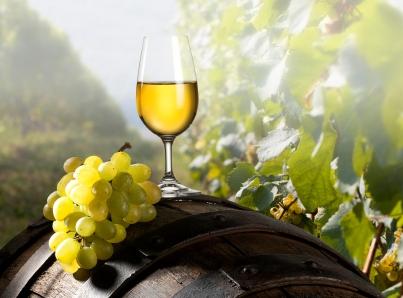
Thanks to wine making kits, its become easy enough for anyone who loves wine and DIY projects to create their own high quality wines. There will always be a place for the talents of professional vintners and there will always be a market for their wines, but the ability of the average hobbyist to learn more about how wine is made and to produce their own is something which should be celebrated by all wine lovers.
The Main Ingredient
If youve been curious about how its all done, youve come to the right place. For beginners, its easiest to buy already pressed grapes in the form of grape juice or concentrate, as extracting the juice from grapes can be an intricate process. Understanding the process that turns grape juice into one of the greatest beverages ever devised by mankind can add to your enjoyment of wine and of course, knowing more about it can make you a better amateur winemaker as well.
Aside from all of the botany that goes into growing the grapes themselves (which is a subject for another day), there is a lot of science to how yeast and crushed grapes come together in wine making kits to produce wine. Once the yeast meets the juice is when things really begin to get exciting.
Fermentation of Grape Juice
The yeast begins feeding on the sugar and other nutrients in the juice and crushed grapes together these are known as must to wine makers. As the yeast eats and reproduces, it converts the sugars into alcohol and releases carbon dioxide as a byproduct of this metabolic process. The carbon dioxide accounts for the bubbling youll see in your primary fermentation vessel.
After things settle down you may think that its all over, but there is a secondary fermentation that wine goes through before its even ready to be aged. The wine is siphoned off from the fermentation vat to a closed glass jug for a longer, slower fermentation process as the remaining yeast finishes converting the sugars left in the wine into alcohol or until the sugar or alcohol content has reached the point youre looking for. During this fermentation, wine makers will measure their wine periodically to track its progress.
Following this, the next thing to do is to fine the wine. This involves adding bentonite (or any of a number of other fining agents) to the wine. Fining agents cause dead yeast, bits of grape skin, and other particulates to fall to the bottom of the fermentor. The wine is then siphoned off again to age before bottling.

 Thanks to wine making kits, its become easy enough for anyone who loves wine and DIY projects to create their own high quality wines. There will always be a place for the talents of professional vintners and there will always be a market for their wines, but the ability of the average hobbyist to learn more about how wine is made and to produce their own is something which should be celebrated by all wine lovers.
Thanks to wine making kits, its become easy enough for anyone who loves wine and DIY projects to create their own high quality wines. There will always be a place for the talents of professional vintners and there will always be a market for their wines, but the ability of the average hobbyist to learn more about how wine is made and to produce their own is something which should be celebrated by all wine lovers.
